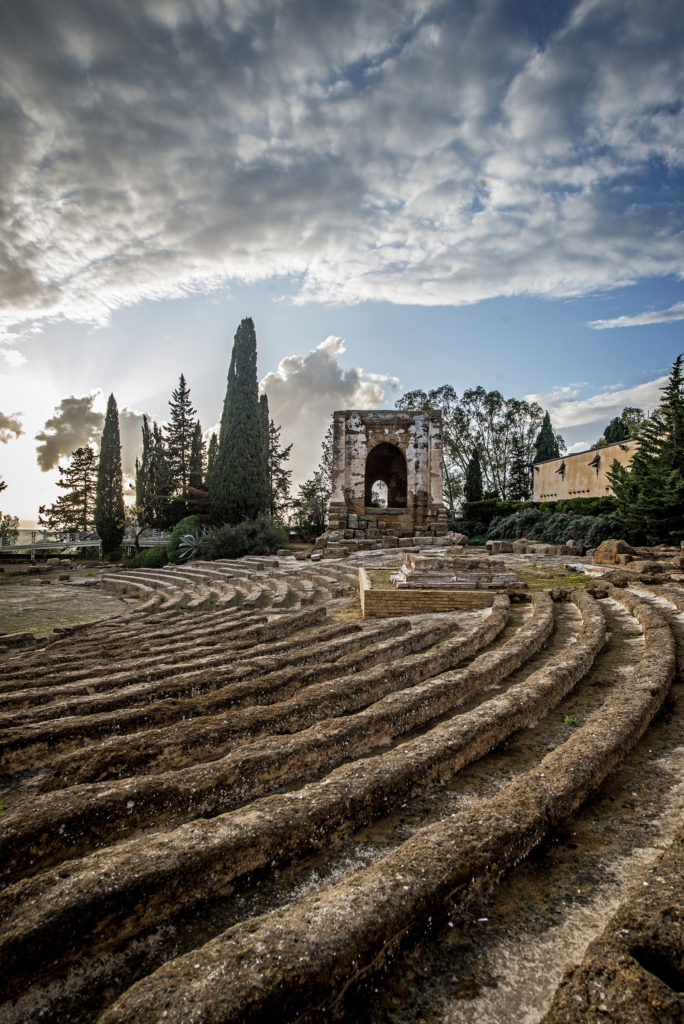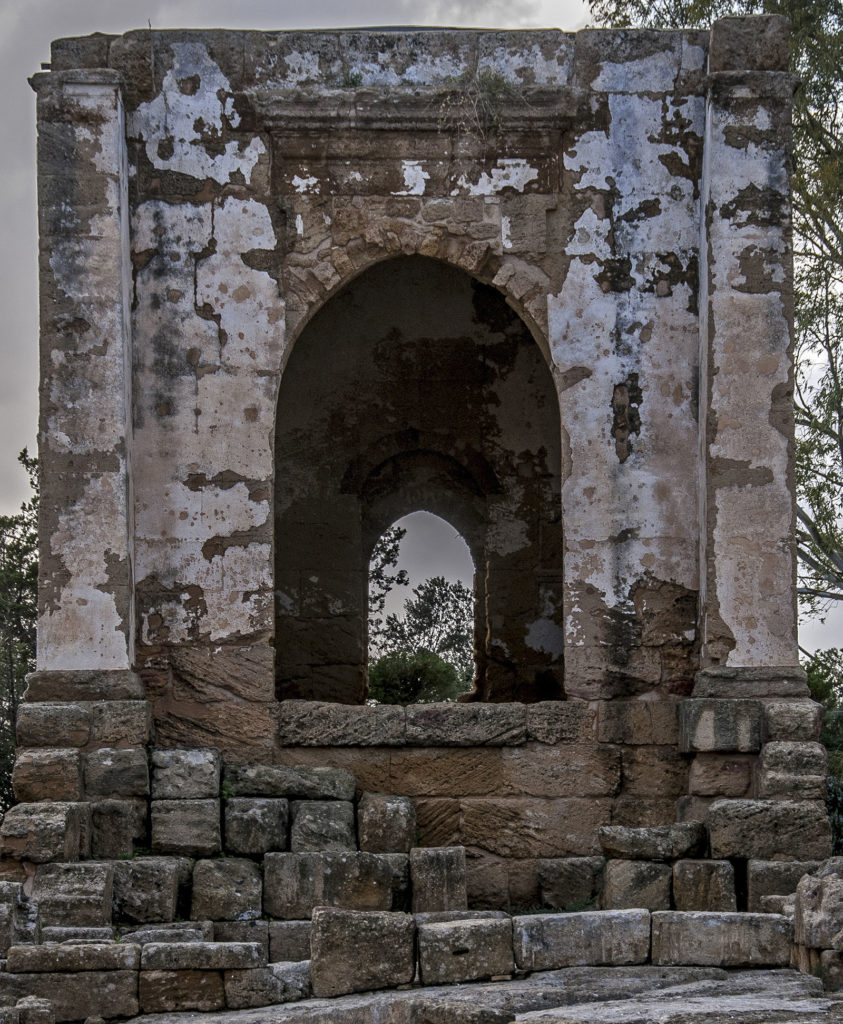The arrival of the Romans in Akragas upset the use of some public buildings, in particular those dedicated to political activities, which differed greatly between the two cultures.
In fact, while in the Greek polis it was normal for all citizens entitled to vote to come together to discuss decisions and initiatives concerning their city, political decisions in Roman cities were entrusted exclusively to a very small group of prominent citizens forming the senate.
In Roman times, therefore, citizens’ assemblies ceased to exist, and the ekklesiasterion – the place where Greek citizens gathered together – ceased to play a role in the political life of the city.
In the 1st century BC, the Oratory of Phalaris was built on the structures of the former ekklesiasterion.
The oratory was erroneously named by the first Grand Tour travellers who in the 18th century began visiting the Valley of the Temples more and more steadily.
The oratory of Phalaris has no connection with the ancient
tyrant of Agrigento
, it is actually a small temple on a podium with a cella and entrance hall preceded by four columns of Ionic order between the doors (not preserved).
 Opposite is the altar, not far from a semicircular
exedra
Opposite is the altar, not far from a semicircular
exedra
. In the Middle Ages the building was transformed into a chapel dedicated to the Virgin Mary, with an ogival arch entrance and cross vaulted roof and a monofora window on the west side.
